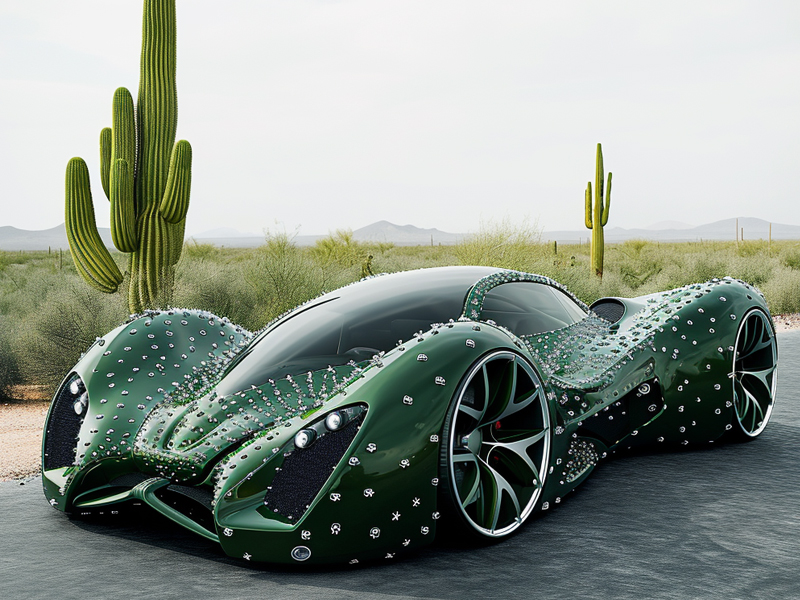The Automotive Industry and Animal Products in Plastics
The automotive industry plays a significant role in the global demand for plastics. From interior components to under-the-hood applications, plastics contribute to the lightweighting and fuel efficiency of vehicles. However, a less-known aspect of the plastics used in the automotive sector is the presence of animal-derived materials.
Leather, a traditional and luxurious material in car interiors, has been extensively used in combination with plastics. Many car manufacturers use a blend of synthetic polymers and animal-derived leather to achieve a balance between aesthetics and functionality. Steering wheels, seats, and interior trims often incorporate a combination of plastic and leather for a premium feel.
In recent years, the automotive industry has also shown interest in bio-based plastics derived from animal by-products. For instance, some manufacturers are exploring the use of collagen extracted from animal connective tissues to produce biodegradable plastics for various components. This environmentally conscious approach aims to reduce the industry’s reliance on fossil fuel-based plastics. Today, the industry is aiming to eliminate animal sources by developing synthetic leathers with less plastic and more vegetable content, such as cactus leather, pineapple leather and mushroom leather.
The Textile Industry’s Connection to Animal Products in Plastics
Textiles are integral to our daily lives, and the textile industry is a major consumer of both synthetic and natural fibers. However, the relationship between the textile sector and animal products in plastics is often overlooked.
Wool-blend Plastics Wool, a natural fiber obtained from sheep, has found its way into the textile industry, and now it is also making its mark in the plastics sector. Wool-blend plastics are emerging as an eco-friendly alternative for various applications, including automotive interiors and home furnishings. These blends offer enhanced durability, insulation, and flame resistance compared to traditional plastics.
Silk-infused Plastics Silk, another animal-derived material, renowned for its strength and luxurious feel, is being integrated into the textile industry and, in turn, into plastics. The combination of silk and plastics results in materials with superior tensile strength, making them suitable for a range of applications, including medical devices and specialty packaging.
In the same way as for the leather industry, innovations aim to eliminate animal sources by developing alternatives based on hemp, mushrooms, flax and apple leather.
The Packaging Industry’s Use of Animal Products in Plastics
Packaging plays a vital role in preserving the freshness and safety of products. The packaging industry relies heavily on plastics for its versatility, but it also incorporates animal products for specific functionalities.
Food Packaging with coatings for Gelatin, a protein obtained from animal collagen, is widely used in the food packaging industry. It is employed as a coating material for capsules, and it can also be used to create a protective layer for certain types of food packaging. Gelatin-based coatings provide barrier properties, ensuring the freshness and safety of the packaged products.
Collagen Films for Medical Packaging, derived from animal tissues, is finding applications in the production of thin films used in medical packaging. These collagen films offer excellent biocompatibility and can be used for packaging medical devices and pharmaceuticals. The use of collagen in packaging aligns with the growing trend towards sustainable and biodegradable materials in the industry.
Casein glue, derived from milk proteins, has found a niche application in the realm of wine and fruit juice bottle labeling. Recognized for its natural origins and adhesive properties, casein glue offers a sheap alternative to conventional adhesives. Unfortunately, this use continues to make casein attractive and therefore encourages the exploitation of animals for its by-products.
A world full of animal by-product melt with plastics
The plastics industry’s connection to animal products extends beyond what meets the eye. From the automotive sector to textiles and packaging, a variety of animal-derived materials are integrated into plastics for improved performance, sustainability, and aesthetics. As industries continue to seek innovative solutions, the intersection of plastics and animal products is likely to evolve, presenting new opportunities and challenges for both sectors. Reducing the proportion of plastic and eliminating animal by-products is the only way to achieve our ecological objectives.



